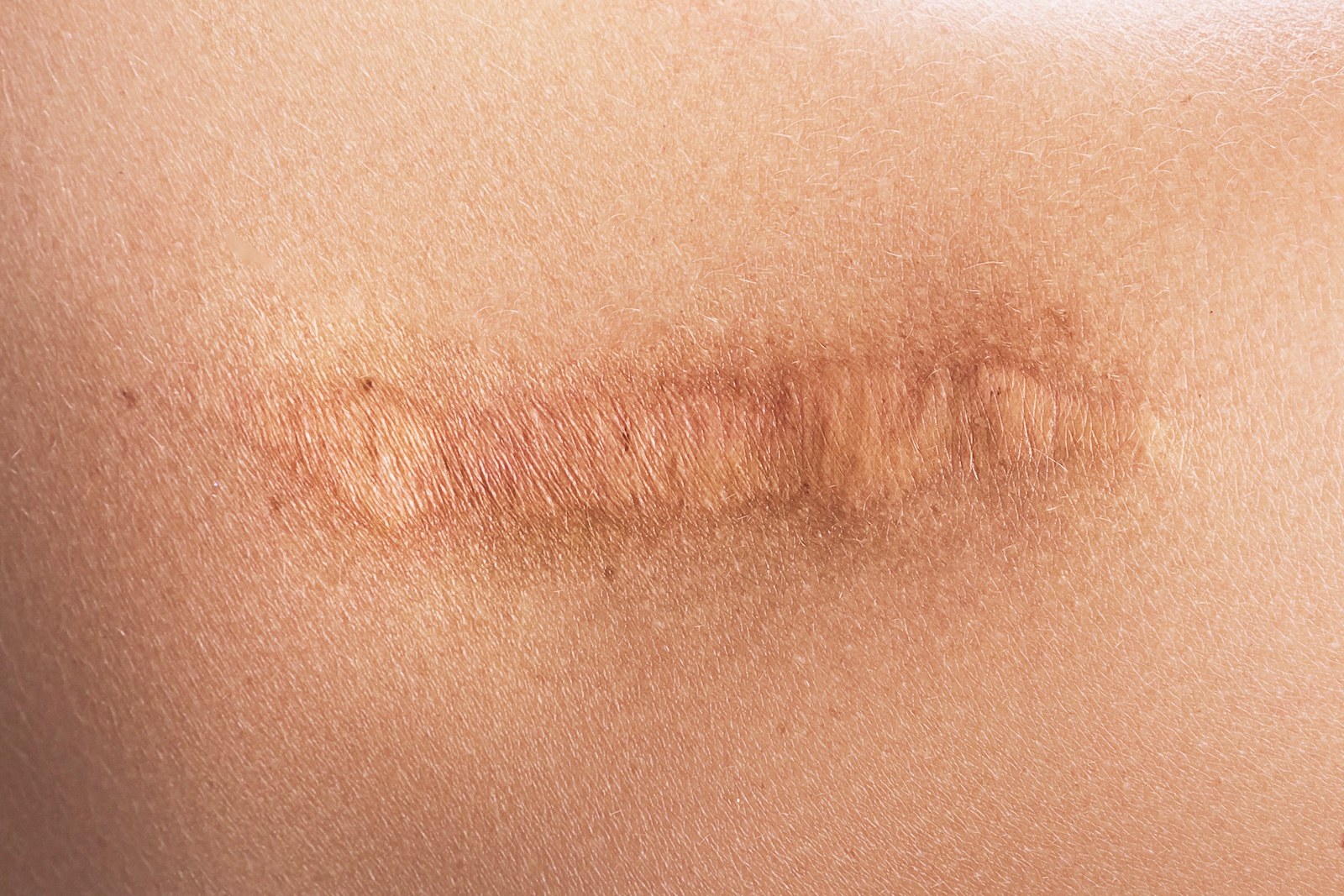
The purpose of this study was to analyze explanted PEEK rod spinal systems in the context of their clinical indications. We evaluated damage to the implant and histological changes in explanted periprosthetic tissues. 12 patients implanted with 23 PEEK rods were revised between 2008 and 2012. PEEK rods were of the same design (CD Horizon Legacy, Medtronic, Memphis TN, USA). Retrieved components were assessed for surface damage mechanisms, including plastic deformation, scratching, burnishing, and fracture. Patient history and indications for PEEK rod implantation were obtained from analysis of the medical records. 11/12 PEEK rod systems were employed for fusion at one level, and motion preservation at the adjacent level. Surgical complications in the PEEK cohort included a small dural tear in one case that was immediately repaired. There were no cases of PEEK rod fracture or pedicle screw fracture. Retrieved PEEK rods exhibited scratching, as well as impressions from the set screws and pedicle screw saddles. PEEK debris was observed in two patient tissues, which were located adjacent to PEEK rods with evidence of scratching and burnishing. This study documents the surface changes and tissue reactions for retrieved PEEK rod stabilization systems. Permanent indentations by the set screws and pedicle screws were the most prevalent observations on the surface of explanted PEEK rods.
Ready to reclaim your life? Get in touch with Dr. Lanman Today.
FOLLOW US ON SOCIAL MEDIA | @ADRSPINE




